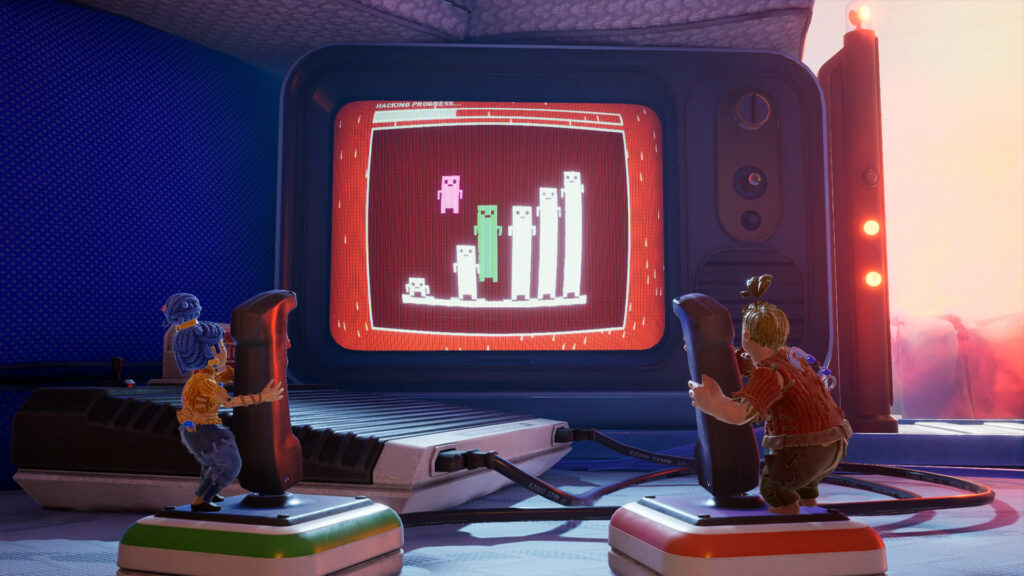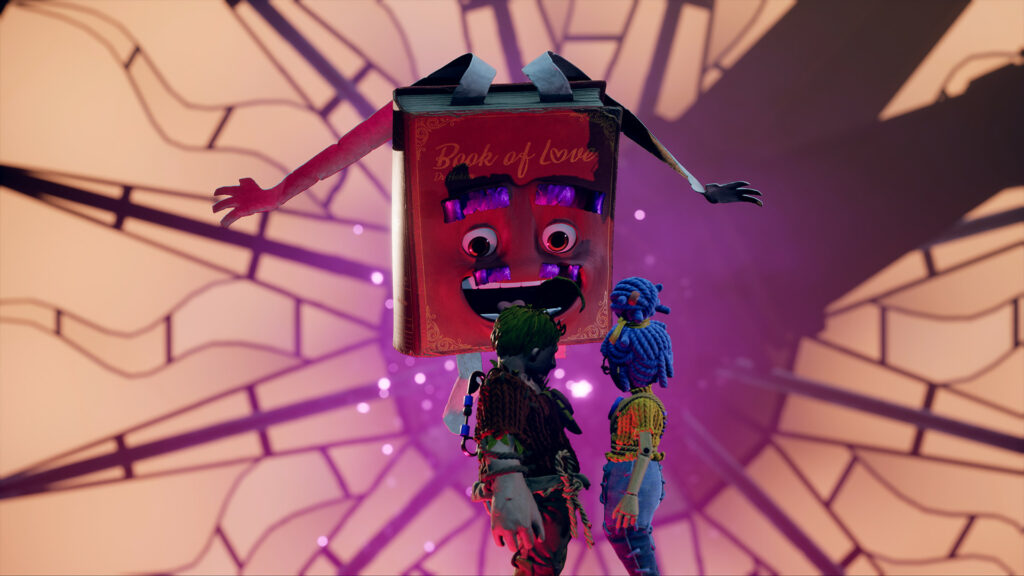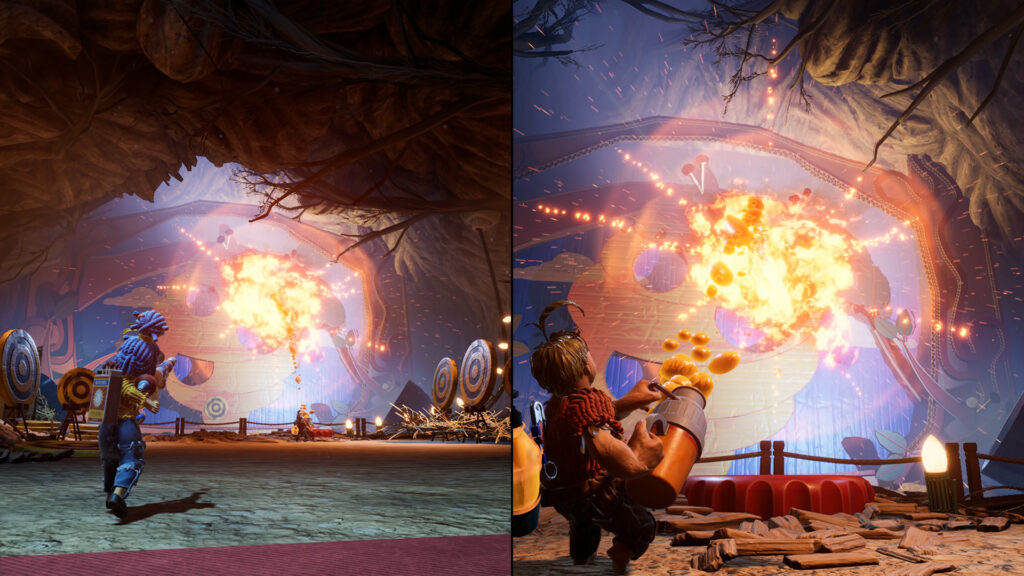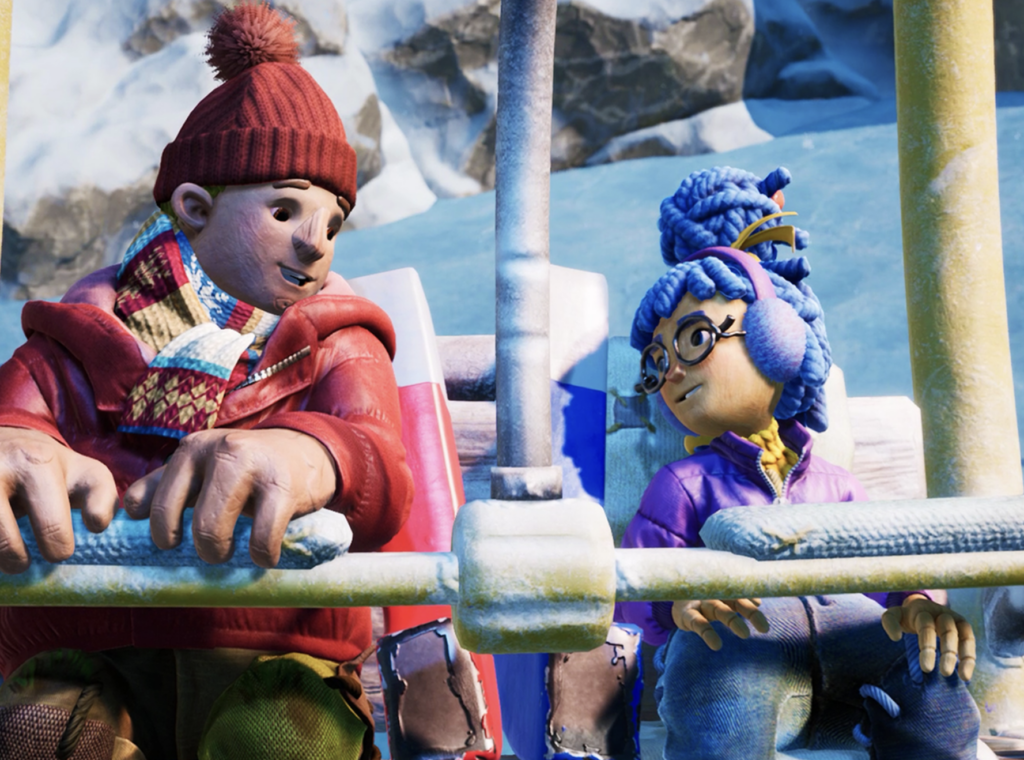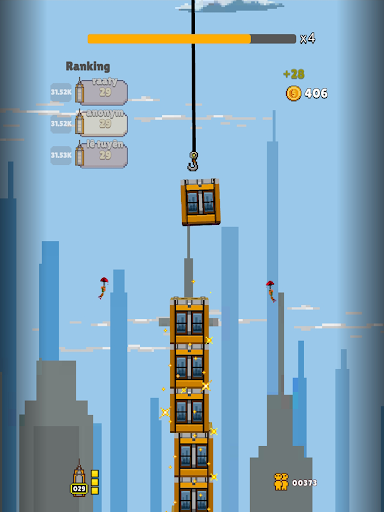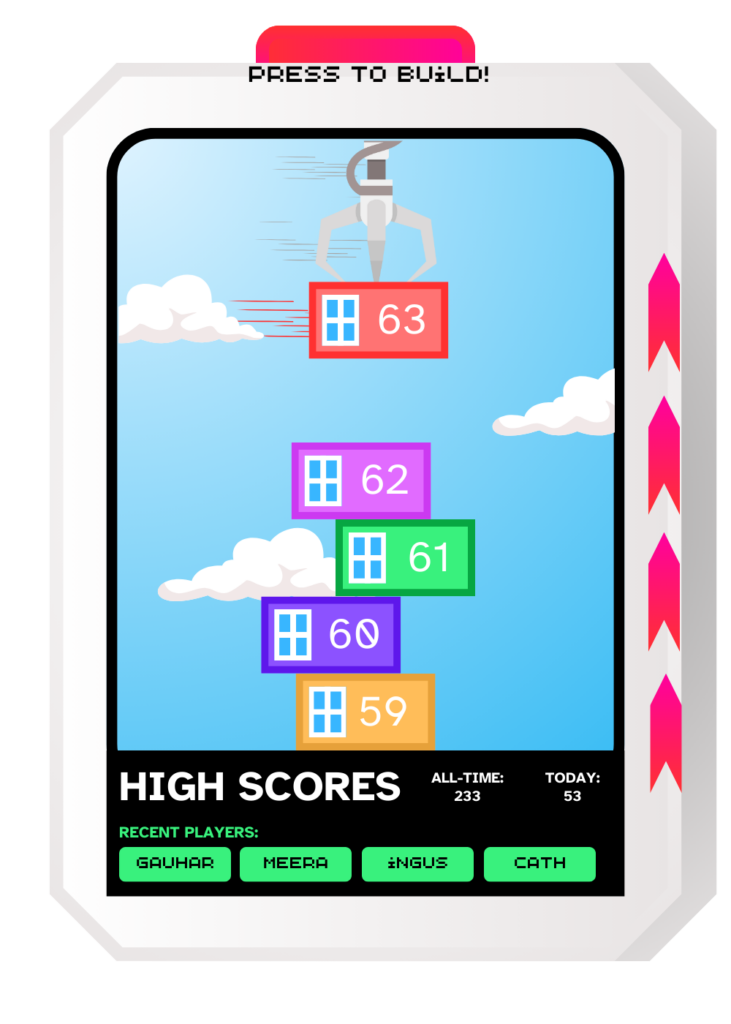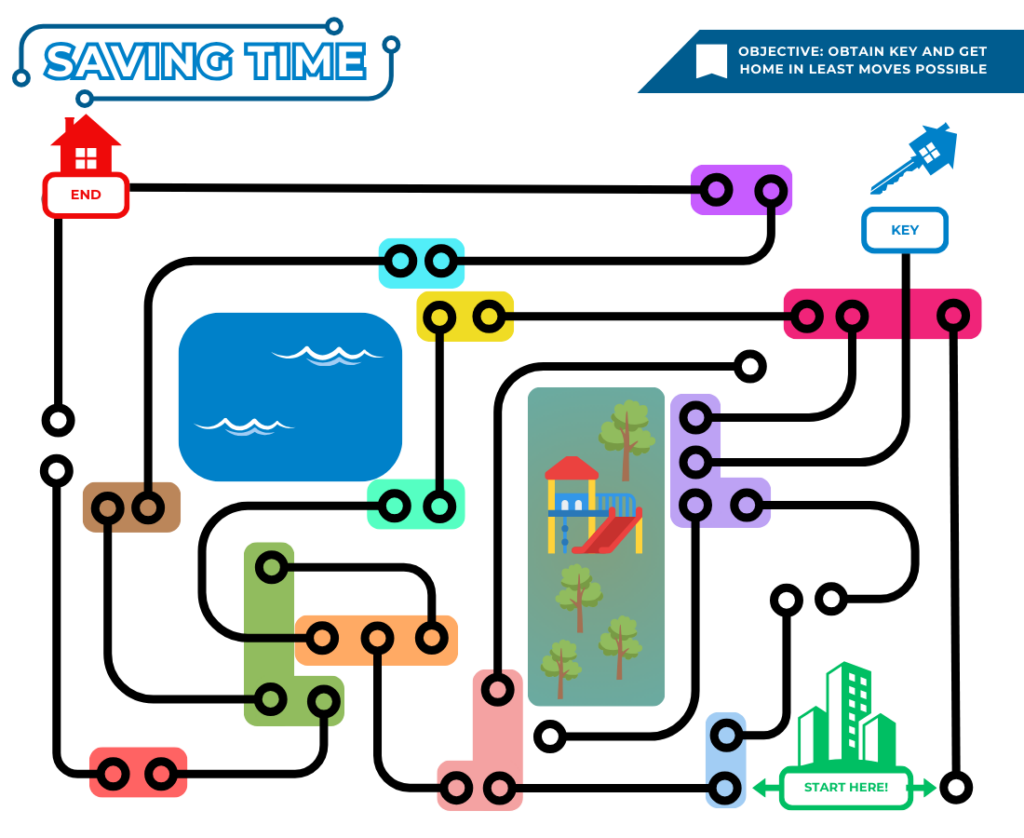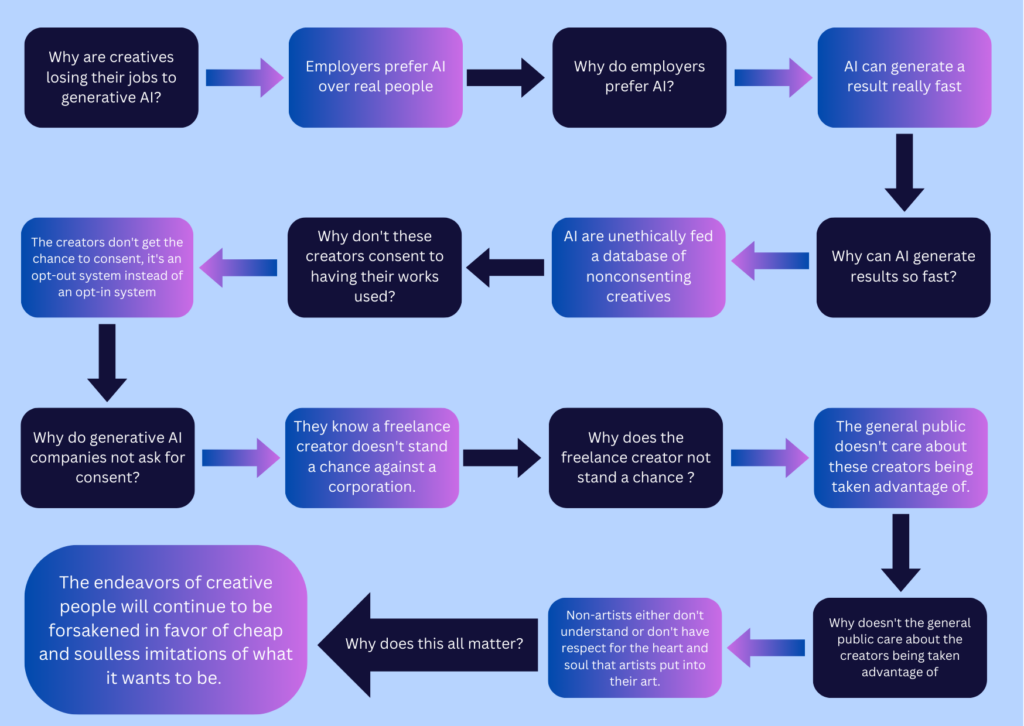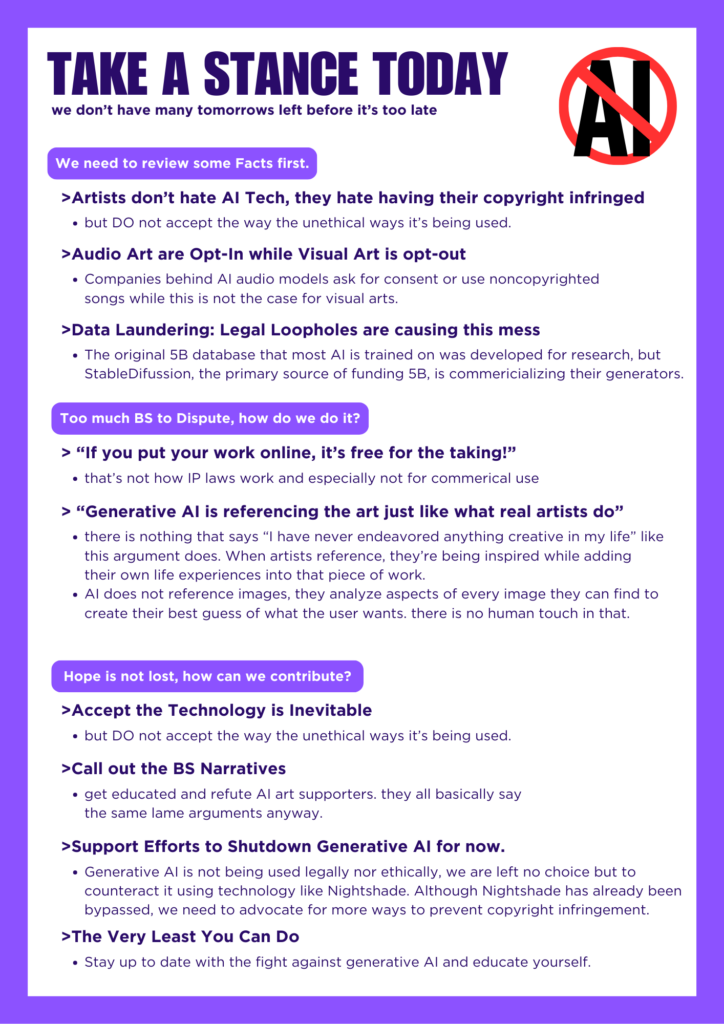Today I learned about the concept of eye portraits. I loved the way Harshini was like “yeah you give one based on your eye to your secret lover, and some parents used to keep one of their kid’s eyes.”
Here are some of the key takeaways I jotted down in my notes along with my thoughts on them
“Go to Arts Center shows, never let work be an excuse.”
> This was something I really forced myself to do in the first semester last year but I just couldn’t keep it up. I also feel like there’s so much opportunity around me that it’s almost impossible to not miss out occasionally.
“Take more free workshops, don’t take them for granted.”
> I actually really regret not attending more random workshops this past year. There was even a workshop on working as a game designer that I unfortunately couldn’t attend because of other plans I made.
“No one cares about my CV, my degree from NYUAD says enough”
> This one felt extra affirmed by what my design professor, Professor Goffredo, said to me during my final exam interview. He told me that the university needs to hold its students to high regards so that having a degree from NYUAD has a lot of weight.
I realized I had a question I wanted to ask Harshini but I totally spaced out and forgot on the spot, but I remember now. I wanted to get Harshini’s opinion on whether she brings up being neurodivergent to employers. As an art student with ADHD, I’ve been curious on whether other fellow artists bring up the topic at all in a professional setting.
Back home in East Asia, there’s always a stigma against even the smallest disorders. If you were born with an attention disorder then you should be fixed, if you can’t be fixed then you have less value. I wonder how Harshini feels about the topic.
Overall, Harshini was a great guest that gave me plenty of food for thought considering how she was an alumni.

